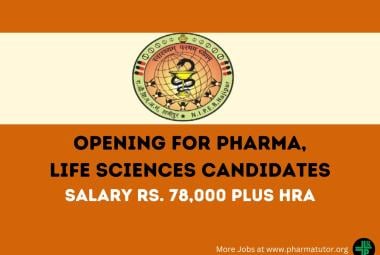The U.S. Food and Drug Administration is committed to helping facilitate American patients’ access to lower-cost generic medicines by taking steps to enhance and streamline the development and approval process of high-quality generic drugs. The U.S. already has one of the most effective and efficient generic markets in the world. Generic drugs represented 90% of U.S. prescriptions dispensed in 2017, and the FDA approved or tentatively approved more than 2,000 generic drug applications in 2017 and 2018 alone. But, there is more we may be able to do to facilitate a stable, competitive market.
The agency’s previous efforts to help bolster the competitiveness of the generics market include: taking significant steps to support complex generic drug development and application review; prioritizing the review of certain generics; and publishing a list of off-patent, off-exclusivity brand drugs. Each of these efforts were aimed at getting more competitors into the market, which might drive down prices for consumers – all the while making sure generics meet the FDA’s approval standards and will be manufactured under our rigorous quality standards.
One area we have identified to help spur investment in generic drug development is the availability of resources that may help applicants predict when their application may be able to receive final approval and when they may begin marketing their product ‒ providing patients timelier access to high-quality, lower-cost medicines.
A generic applicant can seek FDA approval to market a generic drug product before the expiration of a patent for the corresponding brand drug product by providing in its application a statement asserting that the patent is invalid, unenforceable or will not be infringed by that specific generic drug product. This statement, provided by the generic applicant as part of their Abbreviated New Drug Application (ANDA), is called a “Paragraph IV certification.”
The list included the name of the drug product (along with the dosage form and strength) and the date on which the first substantially complete generic drug application that contained a Paragraph IV certification was submitted to the agency. Potential generic applicants may be able to infer from this information whether a generic drug application has been submitted to the FDA that might be eligible for 180-day exclusivity. This new data may allow generic applicants to make more informed business decisions about which of their specific generic drug applications have a higher likelihood of being approved sooner. This data may also provide more public transparency into instances in which the FDA approves an ANDA with exclusivity, but the generic product is not marketed for an extended time which among other reasons may signal “gaming” tactics in the generic market.
Where the possibility of 180-day exclusivity for a product exists, once the exclusivity period has expired or eligibility for exclusivity has been relinquished or has been forfeited by the first generic drug applicants, other generic drugs that meet the approval requirements may then come to market. Our data shows that there are significant price decreases once there are at least three generic drugs on the market.
Related, though uncommon, sometimes a generic drug manufacturer previously granted final approval for a specific product may be court ordered to cease marketing due to patent infringement. To help ensure there’s a transparent process for how we handle post-approval patent infringement court orders and convert a final approval to a tentative approval, we intend to provide clarity to industry on how we handle this process in the near future.
Under our Drug Competition Action Plan, we will continue to look to provide greater clarity and transparency to generic drug applicants looking to bring their products to market. We intend to publish additional guidances and take other important policy steps to assist generic drug applicants.
Drug access is a public health concern, and more generic competition could help reduce prices, improve access to needed medicines, and benefit the public health.









